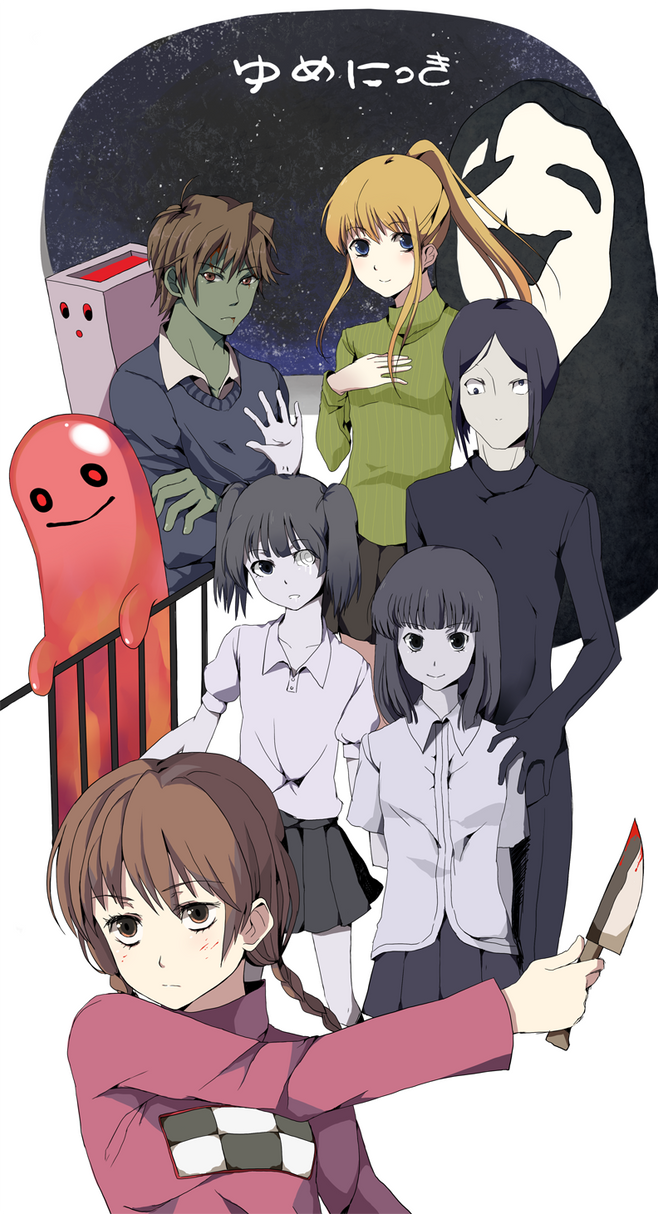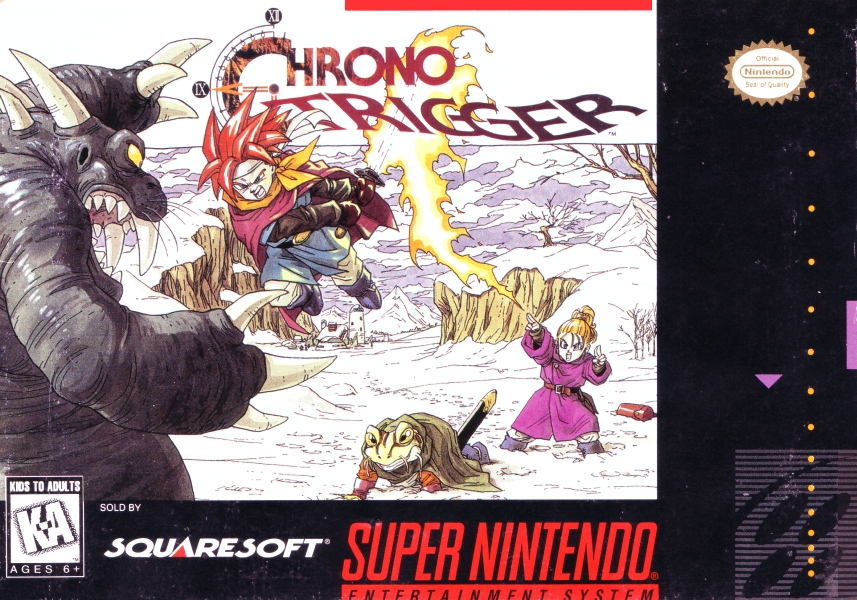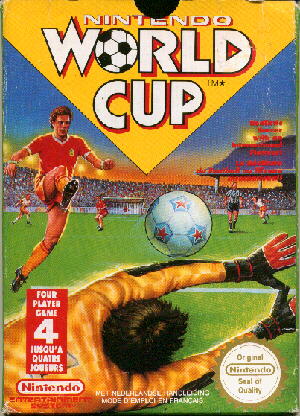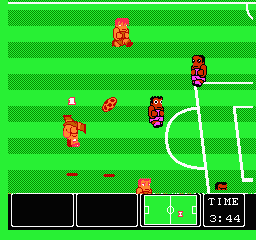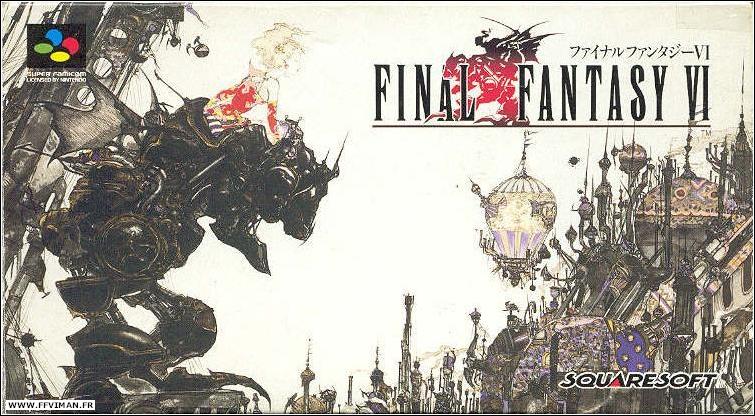Masamune+
Star
- Nov 24, 2015
- 274
- 35

System: Nintendo DS
Creator: Chunsoft
Release Date: November 16, 2010
Age Rating: Mature
My Rating: 10 out of 10
My Thoughts:
This game is amazing, i was a little edgy at first and seeings how it was a visual novel and a room escape type of game, i didnt look at too many clips of it. after getting 2 of the 6 endings so far (both bad endings where i end up losing) this is on my top list of portable games with phoenix wright. The main reason for this is that i love Escape Room games, solving puzzles, and gory/thriller stories, which this game has all three of. The Story is amazing and all the thought gone into it is well done. If you want a basic summery of how the game works, just take:
The traps from the movie "Saw" + Professor Layton Puzzles + Thrilling story, then put it all on the Titanic.
That pretty much the way i would sum up the game. its also very re playable, not only does it have 6 different endings, but the story and random information you listen to is cool to read about. Enough of that though, lets go to the Plot and Gameplay.
Plot & Gameplay:
Nine Hours, Nine Persons, Nine Doors has two types of gameplay. Puzzles are placed behind the doors the characters enter, and the player must solve them to advance. This involves investigating each room, picking up tools, and using any notable items in the room. For example, a set of music scores is scattered about in inconvenient locations; when combined and played on a piano, they unlock a door. In the rest of the game, the player interacts with the other characters and make decisions that affect the story of the game. Different dialogue options can reveal different useful nuggets of information, and Junpei's choices of which doors to enter personally changes the information the player learns. Junpei or the other characters may die depending on what doors and dialogue choices the player makes. There are 6 endings in total, and the player's decisions change which ending occurs. Only one ending is the true ending, and one specific 'bad' ending must be achieved first in order to unlock the true ending.
Junpei, the player protagonist, wakes up inside a small locked room; his last memory was that of him being drugged to sleep by an unknown person in a gas mask. He finds that he has a bracelet with the number "5" on it and that he can not leave the room. He finds that he appears to be on a boat, and is forced to solve a puzzle to escape the room before it floods from a leaking window.
Escaping the lower decks, he encounters eight other people, each with their own bracelets with different digits on them. Junpei recognizes one of them, his old childhood friend Akane. As they find that the ship is no longer taking on water, they are greeted by their unseen host over a loudspeaker. The host, "Zero", informs them they are playing the "Nonary Game", which they can only escape by finding a door marked with a "9" before nine hours are up or else the ship will resume sinking. They learn of electronic devices called REDs and DEADs near each marked door that assure that only three to five people whose bracelet numbers total digital root equals the number on the door can pass through each door. Otherwise, a small bomb planted in each person's stomach will be detonated.
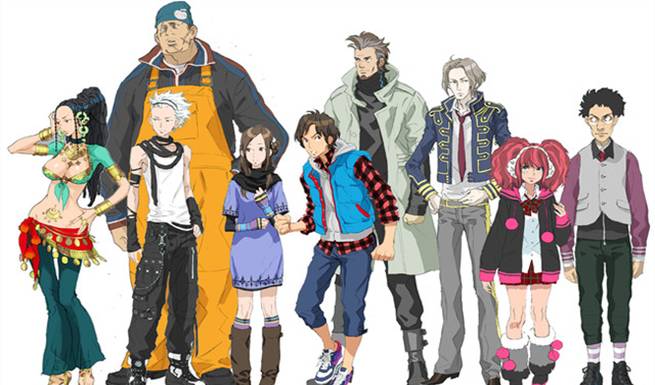
LEFT TO RIGHT-- 2 Lotus, 3 Santa, 7 Seven, 6 June, 8 Junpei, 1 Ace, 5 Snake, 4 Clover, The 9th Man
Ace - an older gentleman
Snake - a young man dressed like a prince; he is both blind and brother to Clover
Santa - an aloof and sometimes foul-mouthed white-haired young man
Clover - a young girl with pink hair, and Snake's sister
Junpei - a college student and game's protagonist. Junpei's name is revealed to everyone before they opt to use code names
June - a young woman, she is Junpei's childhood friend, Akane
Seven - a heavy-set man who, unlike the others, has no memory of the events that led him to the ship
Lotus - a woman dressed as an exotic dancer
The 9th Man - a nervous man with a tie and messy hair; he does not offer a pseudonym
Music:
[video=youtube]
[video=youtube]
[video=youtube]
Conclusion: If you like puzzles and/or Thriller style stories then i highly recommend this as a must play game. Im not kidding, the two endings i got had my jaw drop almost and made me want to play again to see more. Now if you'll excuse me, im going to play more.
Side Note: Plot and Gameplay information was taken from Wikipedia.

